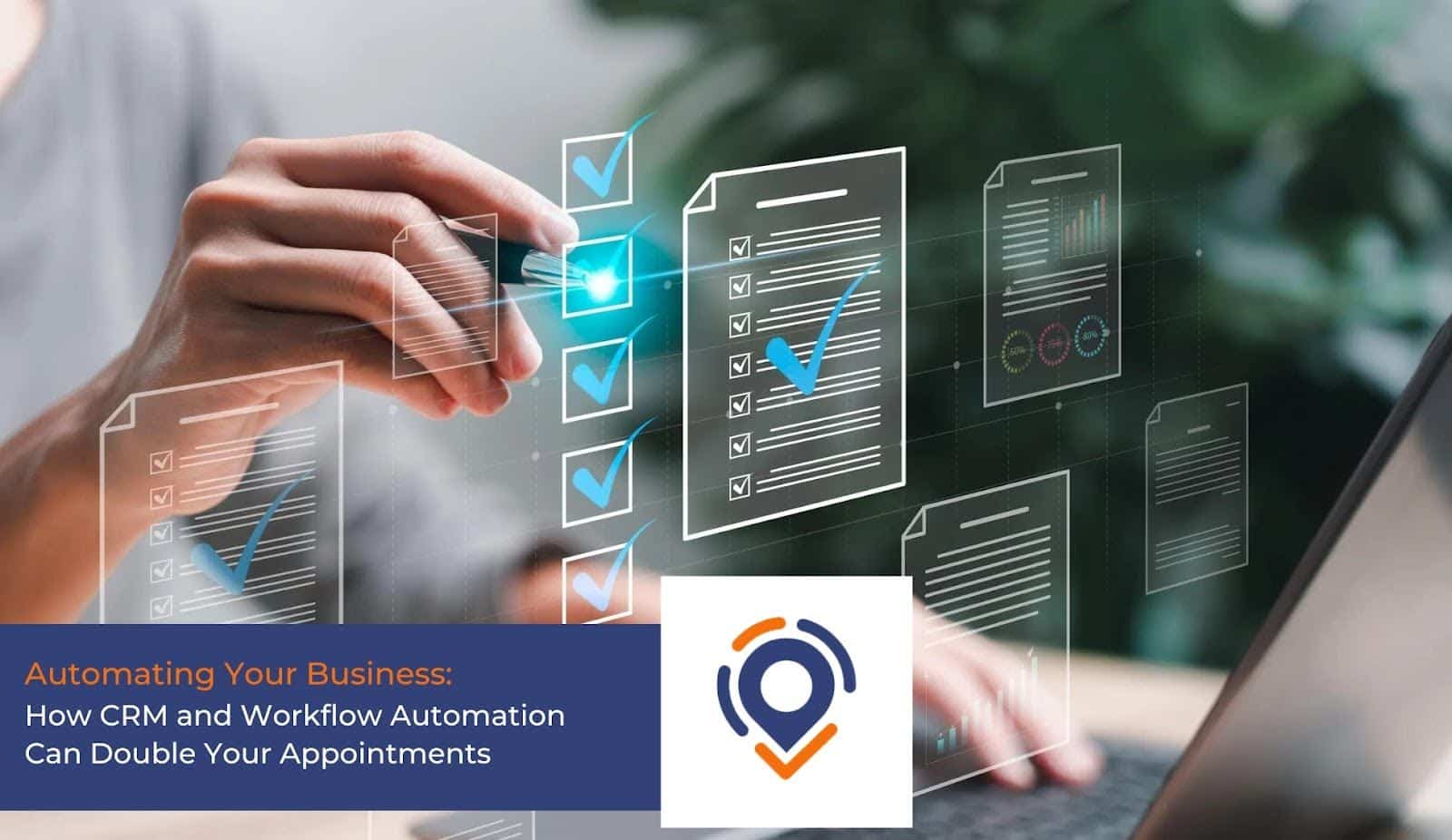In the digital age, clicks alone won’t suffice. Converting clicks into loyal clients requires a strategic approach that nurtures relationships and guides potential customers through their buying journey. At Rank Nearby, we unravel the tactics to transform mere clicks into lasting client connections.
Introduction: Beyond Clicks – The Quest for Conversions
Clicks on your website are valuable, but true success lies in converting those clicks into paying clients. This article explores the art of turning fleeting clicks into enduring client relationships, driving business growth.
The Click-to-Conversion Funnel: A Roadmap to Success
Understanding the click-to-conversion funnel is vital. It comprises stages like awareness, interest, consideration, and action. Crafting tailored strategies for each stage can significantly boost conversion rates.
Crafting Irresistible Call-to-Actions (CTAs)
CTAs are the bridges between clicks and conversions. They should be action-oriented, clear, and strategically placed. Whether it’s “Book a Consultation” or “Get a Free Quote,” compelling CTAs guide users towards the desired action.
Content that Connects and Converts
Content is the currency of conversion. It should resonate with your target audience’s pain points, needs, and aspirations. High-quality, informative, and engaging content builds trust and positions you as an authority in your field.
Personalization: Treating Leads like Individuals
Personalization goes beyond using a lead’s name. It involves tailoring your messages and offerings based on their preferences and behaviors. Personalized experiences create a stronger emotional connection.
Nurturing Leads: The Power of Drip Campaigns
Drip campaigns involve a series of automated emails that gradually educate and engage leads over time. By providing relevant information, solving their problems, and offering value, you build trust and credibility.
Social Proof and Testimonials: Building Credibility
Potential clients seek assurance from others who’ve benefited. Incorporating testimonials, case studies, and success stories into your strategy demonstrates that you’ve delivered results before and can do so again.
Data-Driven Decisions: Analytics for Optimization
Analyzing user behavior and conversion data helps identify what’s working and what’s not. This information guides refinements in your strategies, resulting in improved conversion rates.
UX Optimization: Streamlining the Path to Conversion
When we talk about “UX Optimization,” we are referring to the process of enhancing the “User Experience” on a website or digital platform. The goal of this optimization is to make the user’s interaction with the website as smooth, easy, and enjoyable as possible.
The ultimate objective of UX optimization is to increase “conversions.” In the context of a website, a “conversion” usually means a desired action that a user takes, such as making a purchase, signing up for a newsletter, or filling out a contact form. So, the main focus of UX optimization is to create an environment that encourages users to take these desired actions.
Here are some key points that contribute to this optimization process:
Seamless User Experience (UX):
This refers to making sure that users can easily navigate through your website without encountering any confusion or frustration. This involves having clear and organized menus, logical page structures, and consistent design elements. When users can find what they’re looking for effortlessly, they are more likely to stay on your site and convert.
User-Friendly Navigation:
Navigation refers to how users move around your website. Making navigation user-friendly involves using labels and menu items that are easy to understand, placing important links where users expect them to be (like the main menu), and having a clear hierarchy of pages. This helps users quickly find the information or products they’re interested in.
Intuitive Forms:
Forms are often used to collect information from users, such as during a sign-up or checkout process. Optimizing forms involves keeping them simple and straightforward. Use clear labels, provide helpful hints or explanations, and minimize the number of required fields. The easier and quicker it is for users to fill out forms, the more likely they are to complete them.
Fast-Loading Pages:
Page load speed is crucial for user satisfaction. If a page takes too long to load, users might get frustrated and leave the site. Optimizing for fast-loading pages involves optimizing images and other media, using efficient code, and utilizing content delivery networks (CDNs) to ensure that pages load quickly and smoothly.
By streamlining the path to conversion through these optimizations, you create a “frictionless journey.” This means that users encounter fewer barriers, frustrations, or obstacles as they move from the initial click (landing on your website) to the final conversion (completing a desired action). The result is a better overall user experience, which in turn increases the likelihood of users becoming customers or taking other meaningful actions on your website.
Retargeting: Rekindling Interest
Many users don’t convert on their first visit. Retargeting serves ads to those who’ve visited your site, reminding them of your offerings. It helps rekindle interest and nudges them towards converting.
Overcoming Objections: Anticipating Concerns
Address common objections and concerns through your content and communication. By proactively addressing doubts, you alleviate potential barriers to conversion.
Conclusion: Where Clicks Blossom into Relationships
Conversions are the heartbeat of business growth. Mastering the art of converting clicks into clients not only boosts revenue but also fosters lasting relationships that fuel success.
FAQs
- Why is converting clicks into clients important?
Conversions drive revenue and foster long-term relationships, ensuring sustainable growth. - How can personalization impact conversions?
Personalization creates emotional connections and increases the likelihood of users taking action. - What role does content play in conversion?
Content that addresses user needs and offers valuable insights builds trust and drives conversions. - How do analytics contribute to conversion optimization?
Analyzing data helps identify strengths and weaknesses, enabling informed strategy adjustments. - What’s the significance of retargeting?
Retargeting reminds interested users of your offerings, increasing the chances of conversion.





